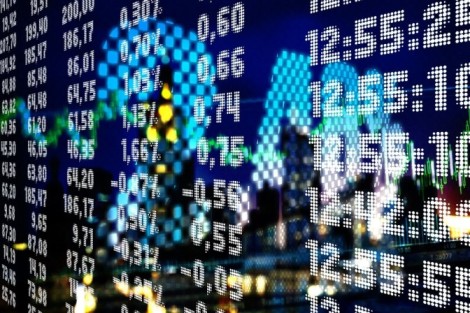Most investors and analysts can agree that world markets are currently in the recovery phase – or have already surpassed that. Different stock market indices have recovered all of their losses. Many of them are at levels that are better than before the pandemic. In the real economic sphere, however, recovery is still underway, and it looks less smooth than previously expected.
Higher inflation worries investors
Although in the US, for example, unemployment had fallen previously, the most recent unemployment figures were disappointing. This has prompted a steep decline in the US dollar. Moreover, the inflation rate has picked up in the US. The CPI index jumped in April from a year earlier as the economic recovery gathered momentum. Consumer prices increased by 4.2% in the 12 months leading to April, up from 2.6% in March. This was the biggest increase in consumer prices since September 2008. As a result, markets around the world went down.
Stock markets react to higher inflation
Global markets tumbled because higher inflation meant that assets, including stocks, were overpriced, prompting investors to adjust their portfolios accordingly. The S&P 500 dropped from its highs at above 4200 points. The Dow Jones Industrial average also declined from its peak at around 35000 points. The Nikkei 225 dropped sharply from its 29500 points level. European and other Asian indices such as that of Australia also dropped. Investors were worried that monetary authorities were not doing enough to tame inflation and that economies may be overheating. To some extent, they have a point.
Some central bank governors are not too worried about the rising inflation. They believe it is only transitory. However, the pandemic has impacted different sectors in different ways, and thus inflation is not equal across different product segments. Some sectors, like tourism, need stimulus, but others, do not. This makes the situation challenging and it can limit growth to some extent.
Technical and fundamental analysis of various indices
Although the S&P 500 has declined on the inflation news, it is still in a rising trend. The index has been in a prolonged trend that has lasted for over 10 years (if you discount the drop in the first quarter of 2020). This most recent drop can be a pullback that can push the price to new highs. Moreover, as more businesses open, economic activity will pick up even faster, and this will pave the way for higher corporate earnings. Those are positive factors that can push stock prices up but only if the Federal Reserve is willing to intervene if inflation skyrockets. The trading app easyMarkets is one example of a platform that allows investors to take a position on global stock market indices whilst utilizing robust risk management tools to mitigate the effects of volatility.
The Dow Jones also dropped in a similar fashion, but like the S&P, it is still in a rising trend.And there are no definitive signs of a reversal. The Japanese Nikkei 225, on the other hand, has dropped shapely, and bearish signs can be seen much more clearly.
In summary, investors might be wise to maintain a bullish preference on US stocks, although they need to monitor economic reports closely. Japanese equities still have a bearish tendency, albeit probably just for the short term. The global economy is still coming back from the crisis, and the recovery might be bumpy. Therefore, short-term declines should not be mistaken for long-term reversals and bullish trends will likely remain intact.
























































